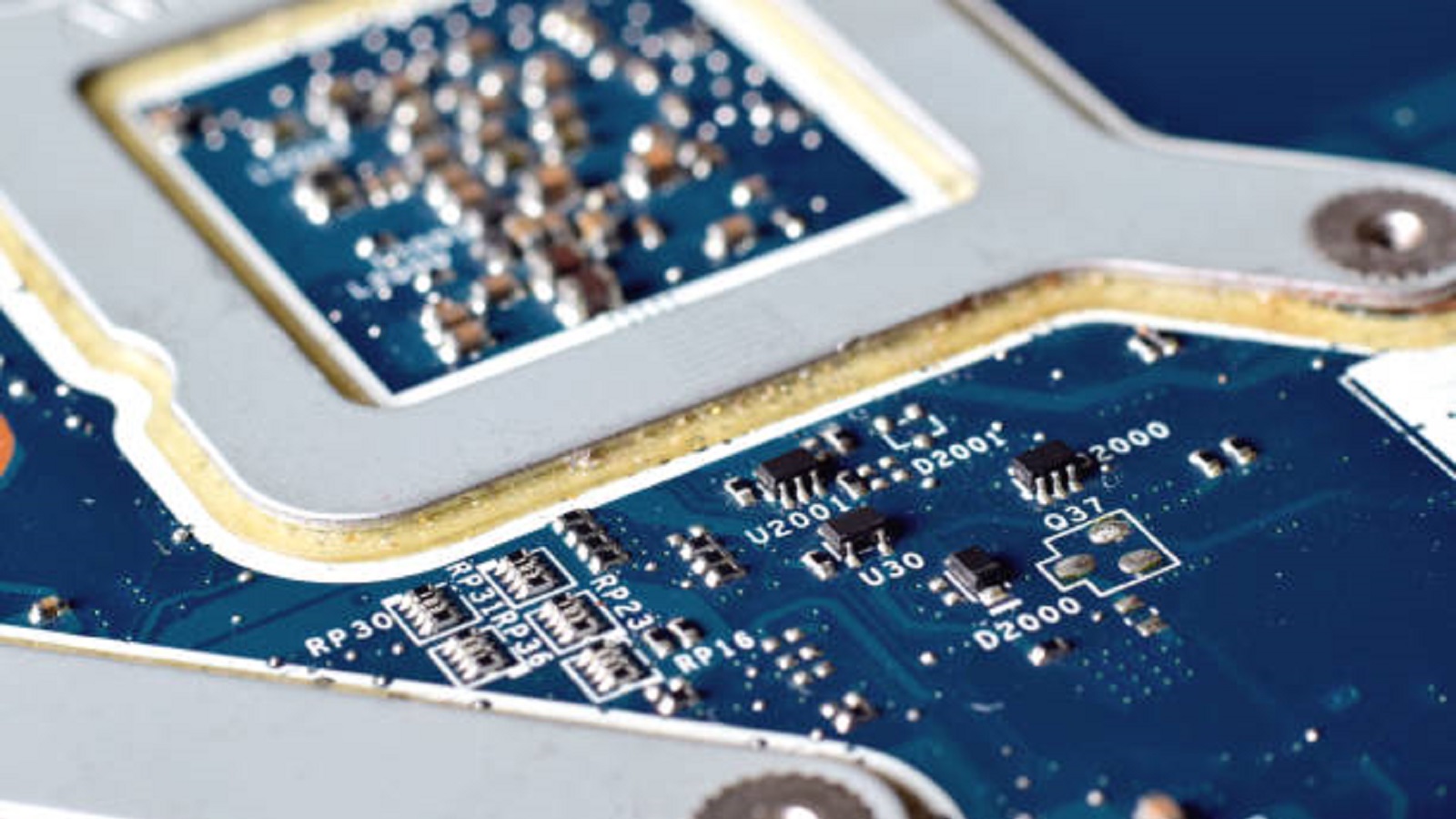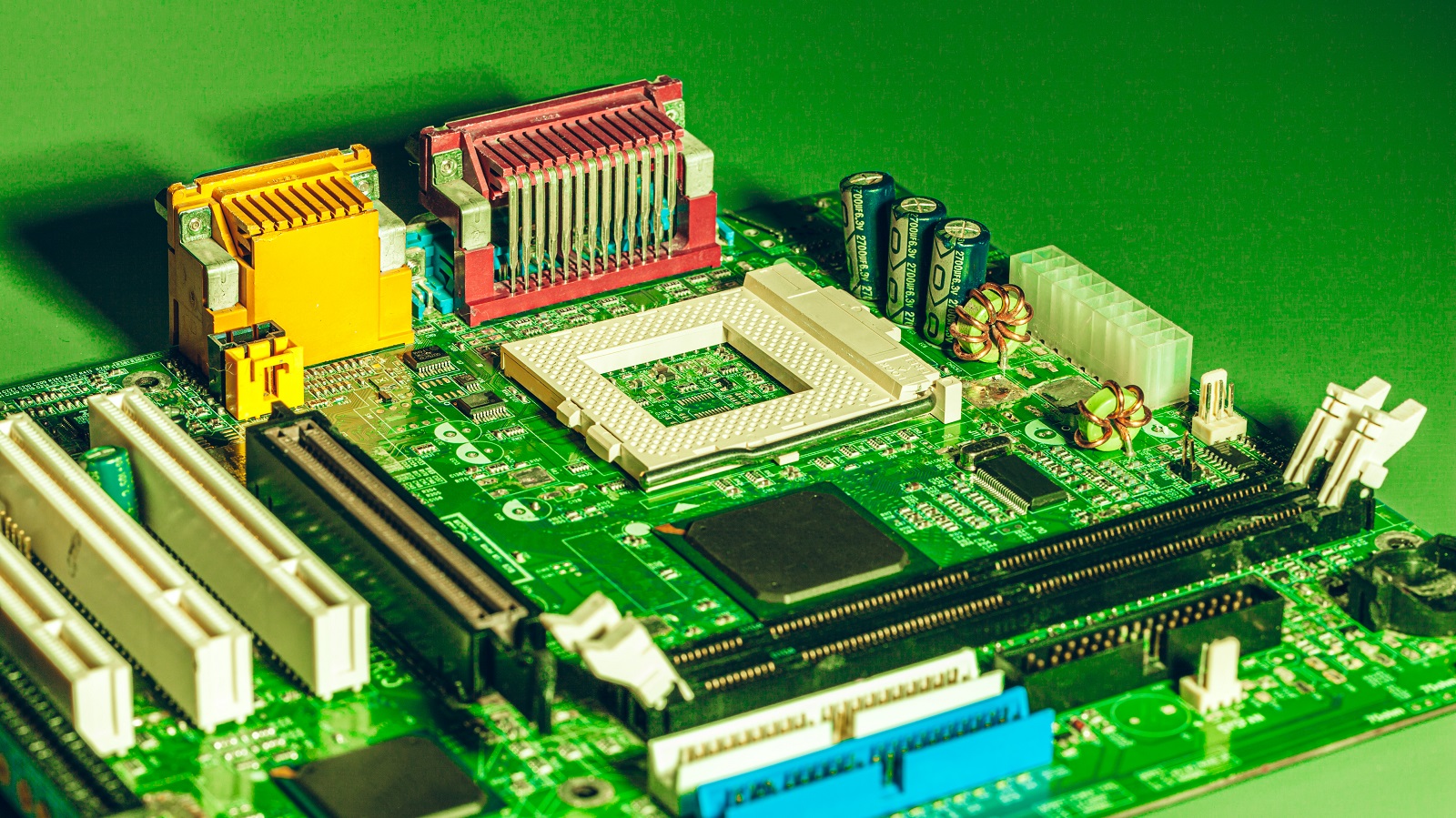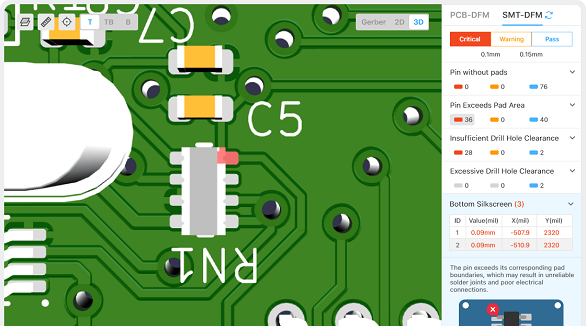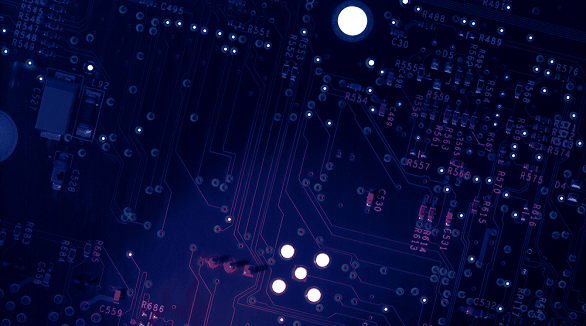What is Hybrid PCB?
Hybrid PCBs use diverse materials for superior performance and reliability, essential in telecom, aerospace, and medical sectors, enhancing efficiency and sustainability.
In the world of electronics, everything is happening so fast. Hybrid PCBs have turned out to be an important technology in this fast world of electronics. They are among such advanced solutions that fulfill today's complex demands. Hybrid PCBs use varied materials in such a way that they can offer enhanced performance and reliability by making full utilization of their respective properties. The following paper traces the evolution of features and benefits involved in a hybrid PCB and addresses their key role in today's electronic world.
Evolution to Hybrid Circuits
Hybrid PCBs represent milestones of technological development. During the beginning of electronics, all components were much larger and needed huge installations of metal boxes interlinked with screws and cables. The whole setup was not only clumsy but also performed inefficiently. With the introduction of small-sized components such as transistors, the world witnessed a complete shift toward compact and smaller size circuitries.
In its very nascent stage of development, hybrid circuits seemed a hybrid solution between the traditional printed circuits and integrated systems. These include advanced techniques like photolithography, integrating passive elements onto ceramic panels using inks of special types. The resultant circuit marries benefits from printed circuits with modern integrated technologies.
Definition
A hybrid PCB is a printed circuit board that combines various materials together in one board for the fullest utilization of their specific characteristics.It allows much higher electrical performance, reliability, and flexibility in design, mainly for applications with high demands in telecommunications, aerospace, automotive, and medical devices.

Features
Material Diversity: FR-4, polyimide, and PTFE are some of the substrates that may be used for the manufacture of hybrid PCBs. Applications involving high frequency would involve the use of Rogers or PTFE substrates because they have very good dielectric properties, and polyimide in applications requiring high thermal resistance.
Electrical Optimization: The very base of hybrid PCBs is to ensure better electrical performance. These PCBs balance key characteristics including, but not limited to, signal integrity and thermal dissipation, adding mechanical robustness with their hybrid composition, especially in the cases of RF and microwave applications.
Compact with Multifaceted Structure: Such PCBs have a compact, complicated design with multiple classes of components integrated into one; hence, complex circuitry in space-reduced layout is provided.
Challenges
Hybrid PCB design and fabrication need to take into great consideration the CTE variation in the different materials. Such mismatch is likely to lead to some problems with registration and to delamination, with heating, especially by thermal cycles. Manufacturing strongly relies on knowledge of material properties and selection by taking care of manufacturability with no loss in performance. The engineer needs to balance the appetite for increasing functionality with practical issues of multi-material integration .
Advantages
Hybrid PCBs boast an array of powerful advantages, including but not limited to the following:
Customization and Flexibility: With the use of thin film technology, resistor/capacitor values can be tailored to fit exact needs, thus allowing total precision in circuit performance.
Advanced Component Embedding: Hybrid PCBs are offering embedments of such complicated components as capacitors, inductors, and other passives that might be beyond the capability of regular circuit boards.
Accuracy and Precision: The laser trimming of conductor paths allows precise fitting of circuit adjustments in an advanced manner for final testing.
Affordability and Availability: Hybrid circuits initially had enormous costs and were applied only in industries like aerospace and military. However, with advancements, those costs have been cut down to ultimately render hybrid PCBs available to a broader spectrum of industries, which has enlarged their utility and scope of application.
Applications
Hybrid PCBs serve as the backbone in many industries that involve performance-critical and reliable applications. Some of the ways they make a difference in varied industries are mentioned below.
Telecommunication: In a sector that has to deal with high speed and signal integrity to get data transmitted, Hybrid PCBs achieve precision and efficiency.
Automotive and Aerospace: Both these industries require PCBs that operate under the extreme conditions of very high or low temperatures and mechanical stress. Hybrid PCBs offer resistance and stability in such conditions.
Medical Devices: This is a field requiring great accuracy and dependability.Hybrid PCBs make compact, dependable, and high-performance medical equipment possible.
Hybrid PCB and Green Electronics
As the effort to achieve sustainability continues, hybrid PCBs pave a path toward greener electronics. Hybrid PCBs have the potential for waste minimization, along with enhanced performance, by reducing the number of boards and components for a certain application. Naturally, this leads to less use of material and less complication of the electronic systems by being able to house various functions on one board, thus contributing to more sustainable manufacturing processes.

Hybrid PCBs stand for the implementation of conventional circuit board design in combination with advanced technological developments. It is the policy at PCBX to embrace such developments that enable us to continue providing solutions to meet the changing demands of our customers-be it for high-frequency communications, rugged automotive systems, or highly accurate medical devices. Hybrid PCBs are opening doors more and more toward further advancements within the electronics field.
By embracing these inbuilt advantages of hybrid PCBs, manufacturers are able to offer products that assure performance superiority, besides being in tune with emerging demands for efficiency and sustainability. These boards typify the role of modern technology in the solution of intractable problems and advance many causes, hence become very valuable in the expanding realm of modern electronics.
Hot Tags:
Contact us

If you can't find what you're looking for, please contact us.
Article

The article is developed concerning the breakthrough of integrated circuits and the need for custom PCBs in some electronic products. It enumerates ten golden rules in conducting PCB layout design and manufacturing: grid selection, routing, power layers, component placement, panel duplication, component value combination, frequent DRC, flexible silkscreen use, decoupling capacitors, and pre-production parameter checks. These rules provide for the optimum design and manufacturing of a PCB.

The article explains the current situation of Printed Circuit Boards and future development based on efficient production helped by advanced software and manufacturing processes. Future technological developments are in store for 3D Printed Electronics, flexible PCBs, eco-friendly biodegradable PCBs, and board cameras. It elaborates on other powerful automation tools that are going to make the entire PCB design process efficient in the near future. All of them will further improve and develop with the technological advances in PCBs, keeping up with the ever-increasing industry and consumer demands.

Aluminum PCBs are widely used electronic boards with comparatively better heat dissipation properties. The aluminum core cools down the components of the product, thereby improving its performance. These are eco-friendly, light, and strong PCBs and hence appropriate to be used in audio equipment, power supplies, and lighting products such as LED lighting.
